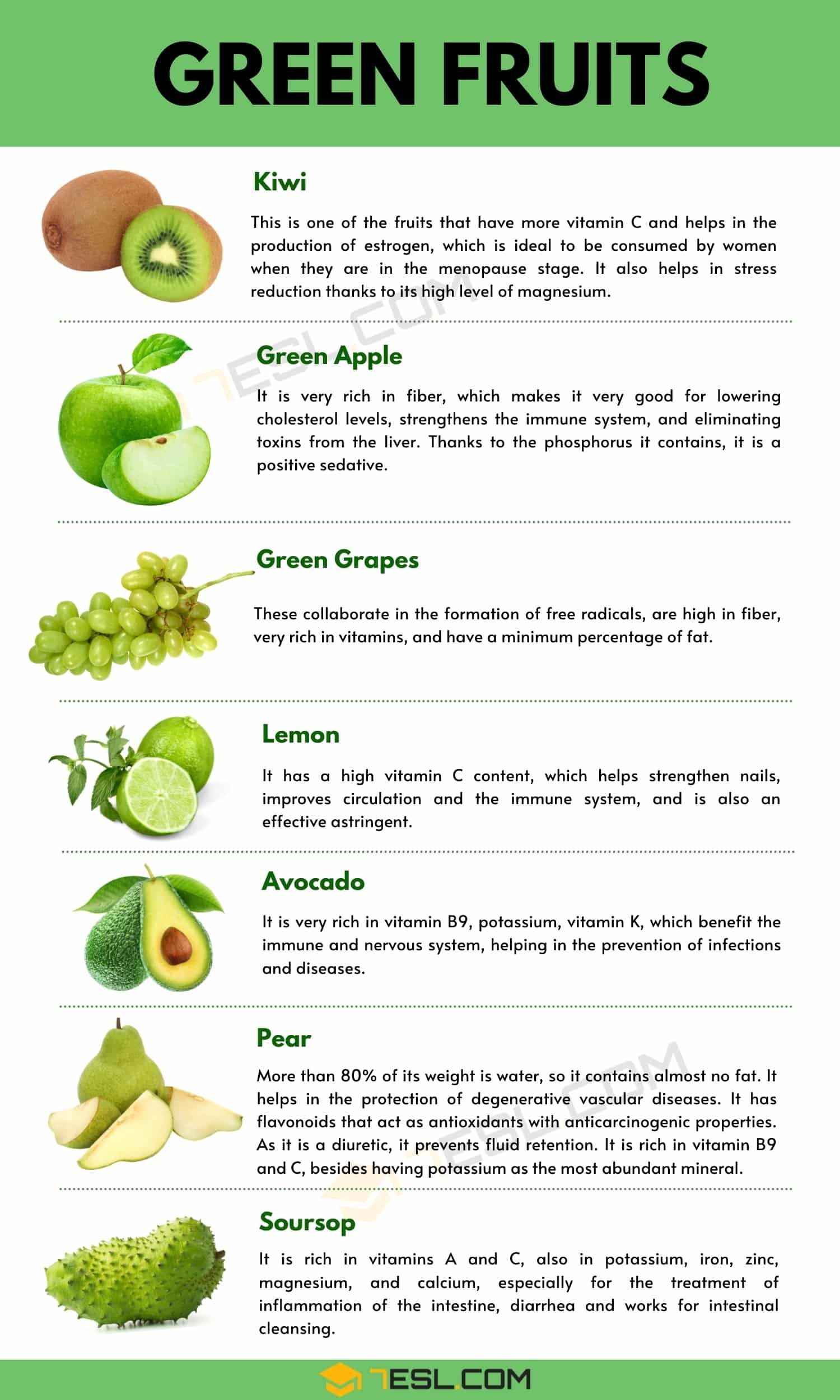Decoding the Silent Signals: Understanding Migraine Symptoms
Introduction
Migraines can be more than precisely a headache. They frequently come with a range of symptoms that can disrupt daily life and require careful management. Understand these symptoms is crucial for anyone who experience migraines or know someone who do. This article delves into the various symptoms associate with migraines, offer insights, tips, and real life examples to help readers comfortably comprehend and cope with this condition.
What’s a migraine?
A migraine is a neurological condition characterize by intense, debilitate headaches. They are oftentimes accompanied by other symptoms, which can vary wide from person to person. Migraines can last from a few hours to several days and may occur with varying frequency.
Common migraine symptoms
While migraines are mainly known for their severe headache component, they can involve a host of other symptoms. Some of the almost common include:
- Throb or pulsating pain: Typically occur on one side of the head but can affect both sides.
- Sensitivity to light and sound: Many sufferers experience heightened sensitivity during an attack.
- Nausea and vomiting: These are frequent companions to migraine headaches.
- Aura: Some people experience visual disturbances such as flashes of light or blind spots before a migraine strikes.
- Fatigue: Both during and after a migraine attack, individuals oftentimes feel drain of energy.
Less common symptoms
In addition to the more typical symptoms, migraines can sometimes present with less common ones, include:
- Vertigo: A spin sensation that can lead to dizziness and balance issues.
- Speech difficulties: Some individuals experience temporary difficulty speak or find the right words.
- Weakness or numbness: These sensations can sometimes occur on one side of the body.
Stages of a migraine
Migraines frequently progress through four stages, though not everyone experience all of them:
 Source: ar.inspiredpencil.com
Source: ar.inspiredpencil.com - Aerodrome: Subtle changes such as mood swings, food cravings, or neck stiffness that occur hours or days before an attack.
- Aura: Visual or sensory disturbances that typically precede the headache phase.
- Headache: The main phase characterize by intense pain and other symptoms.
- Posture: After the headache subside, a person might feel exhausted or confused.
Real life example
Consider Sarah, a 35-year-old graphic designer who start experience migraines in her late twenties. Initially, she thinks they were simply tension headaches from long hours at the computer. Notwithstanding, as the headaches become more frequent and intense, shenoticese accompany symptoms like nausea and visual auras. After consult a neurologistSarahah learn to identify her triggers, such as stress and certain foods, and adopt lifestyle changes to manage her symptoms efficaciously.
Tips for managing migraine symptoms
Effective management of migraine symptoms frequently involve a combination of strategies:
 Source: americanwarmoms.org
Source: americanwarmoms.org - Identify triggers: Keep a headache diary can help pinpoint potential triggers.
- Medication: Over the counter pain relievers or prescription medications can be effective.
- Lifestyle adjustments: Regular exercise, adequate sleep, and stress management techniques can reduce the frequency of migraines.
- Dietary changes: Avoid foods and drinks that trigger migraines can be beneficial.
- Hydration: Stay comfortably hydrated can help prevent headaches.
When to seek professional help
If migraines are frequent, severe, or importantly impact daily life, it’s important to seek medical advice. A healthcare professional can provide a proper diagnosis and recommend treatment options tailor to individual needs.
Conclusion
Migraines can be complex and challenging, but understand the symptoms is a critical step towards manage them efficaciously. By identify triggers, adopt lifestyle changes, and seek professional guidance, sufferers can gain more control over their condition. For further exploration into migraine management, consider consult healthcare providers, explore migraine support groups, and stay inform through reputable health resources.



